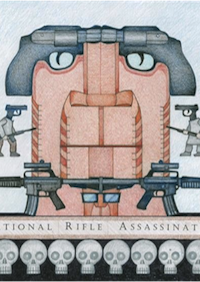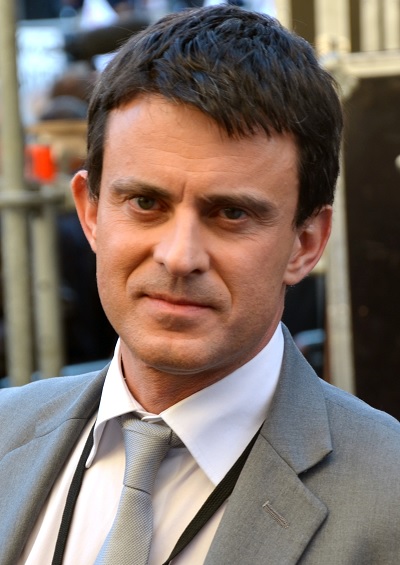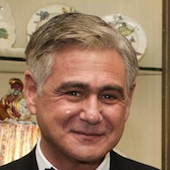Anatol Zukerman on the United States
Why “Responsible Art” is important: United States of America
April 3, 2014

Anatol Zukerman left his native Soviet Union for the United States 1973 to study at the Harvard School of Design, where he earned a degree in architecture. He stands out because he is egalitarian in his criticism of both economic systems and political deficiencies through his works of visual art.
Zukerman challenges viewers to leave art for art’s sake once and for all – and face economic and political realities.
His drawings are of interest to political activists in the United States because of the issues he chooses. He has a sure-footed ability to illustrate the messages contained in his drawings.
While much of the world’s attention right now is on the Russian intervention in Crimea (and whether or not it was a miscalculation or a break of international law), it is worth remembering this: The United States is no stranger to self-destructive overreach in the foreign policy arena.
In drawings like “Afghan Madonna” (2001), Zukerman warns his fellow Americans (he became a citizen in 1978) against the war that the United States has pursued at great cost in Afghanistan.
In “National Rifle Assassination (2013),” he points his finger directly at the U.S. gun lobby. Zukerman refuses to bow to the fictitious legal arguments that have made the United States the most violent country in the developed world.
Having lived on both sides of the ideological divide during the decades of the Cold War, Zukerman concludes that there must be a better, more humane way for societies to function than is to be found in either Russia or the United States.
Zukerman’s style replaces pathos with humor. He displays a deep knowledge of international economics and foreign policy – and he uses his gifts as a draughtsman to skewer the institutions and policies with which he disagrees.
His disillusion with the American superpower, its economic system and ideologies is most evident in “The Empire” from 1999. He portrays the United States as a cross between an eagle and a vulture, its claws covering most of the globe it is trying to carry away to have all for itself.
Enlarge “The Empire” by Anatol Zukerman, oil pastel, 1999 — courtesy of Charles Krause/Reporting Fine Art, Washington, DC
Zukerman’s highly cultivated ability to illustrate the foibles of leaders and the unintended consequences of their policies seems perfectly suited to an age when the NSA revelations and the Obama Administration’s ill-conceived bluster in Syria have badly tarnished the U.S. image in the world.
Almost reflexively, Zukerman spots hypocrisy and weakness. In “Military Intelligence,” he draws a U.S. military intelligence officer with big ears. The character asks a question that many Americans will find distasteful but that some Americans, and many people outside the United States, see as our fatal flaw, “Can America Live Without an Enemy?”
Enlarge “Military Intelligence” by Anatol Zukerman, oil and pastel, 2009 — courtesy of Charles Krause/Reporting Fine Art, Washington, DC
Another of his drawings, “Obama Drones” (2013), skewers President Obama for his use (or misuse) of unmanned drones in the war on terrorism, both at home and abroad.
Enlarge “Obama Drones” by Anatol Zukerman, 2013 — courtesy of Charles Krause/Reporting Fine Art, Washington, DC
The 21st century role of the artist
Regardless of our nationality, could it be that, in the century ahead, we will look to artists and their work for political guidance – as we currently do with media commentators?
Will we regard them as helping us understand the actions and policies of governments that operate secretly to “protect” us from our enemies? Or will we see them as furthering the interests of the corporations and wealthy individuals who increasingly control the rest of the population?
Will other artists follow Anatol Zukerman, taking on the role of commentators and investigative reporters, ferreting out information that becomes the basis for their art and the value we assign to it?
Editor’s note: Don’t miss Anatol Zukerman’s new essay and original art on the Crimea crisis, exclusive to The Globalist.
Takeaways
Will other artists follow Anatol Zukerman, taking on the role of commentators and investigative reporters?
Will artists help us understand the actions of governments operating secretly to “protect” us from our enemies?
One of Zukerman’s drawings skewers Obama for using unmanned drones in the war on terrorism.
Zukerman refuses legal arguments that have made the United States the most violent country in the developed world.
Read previous

Manuel Valls: The Man to Remake France
April 1, 2014





